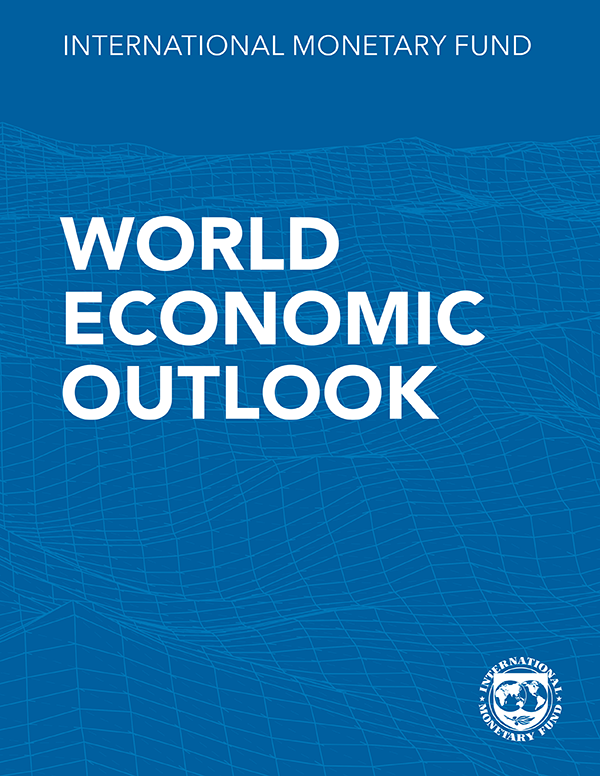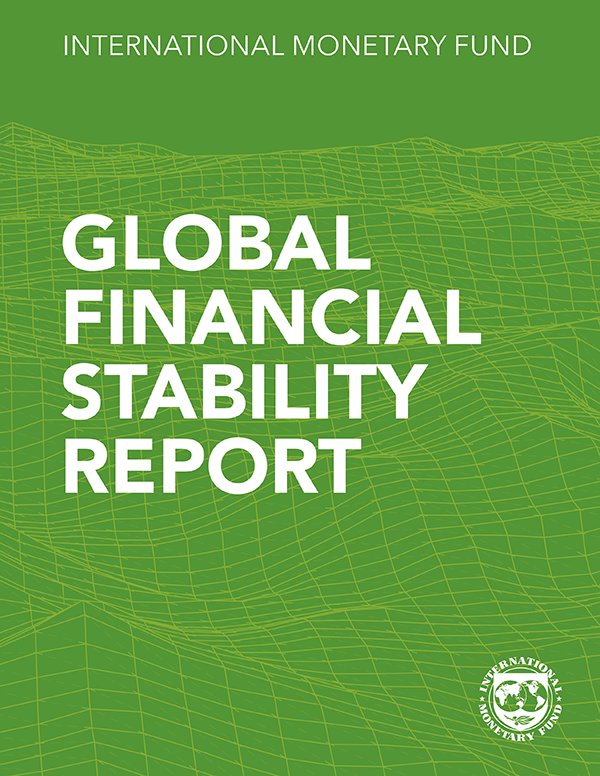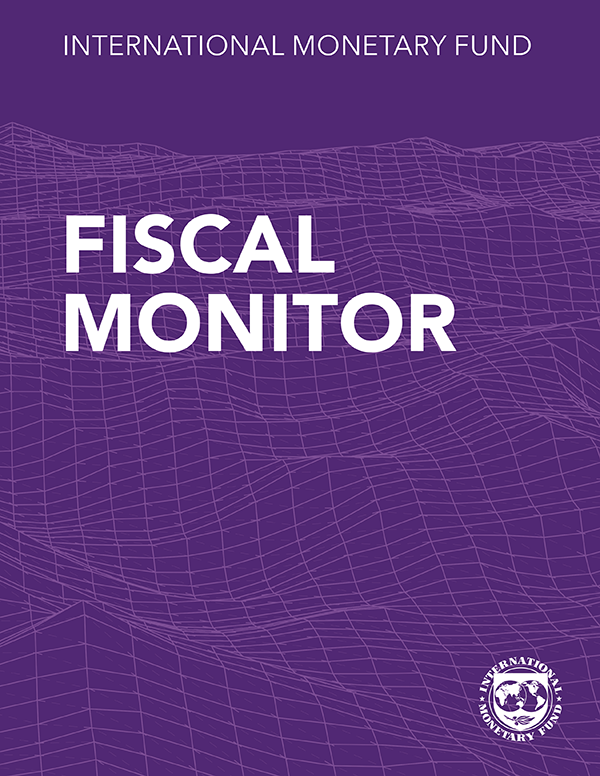Regional Economic Outlook for Europe, October 2021

An increasingly resilient recovery is taking hold in Europe, buttressed by gradual increases in vaccination rates and mobility. Strongly accommodative macroeconomic policies and COVID-19 support schemes have paved the way for the recovery by helping preserve employment relationships and protecting private sector balance sheets. However, uncertainty remains elevated, not least because of the risk of new infection waves and virus variants amid uneven vaccination rates across countries. It is therefore imperative to continue increasing vaccinations, notably in emerging European economies, and to strongly support international efforts to speed up vaccine access globally.
Advanced European economies are forecast to expand by 5.2 percent and emerging European economies by 6 percent in 2021, 0.3 and 1.1 percentage points higher than in the July 2021 World Economic Outlook Update. Chapter 1 explains that the recovery is expected to consolidate in 2022, with growth projected at 4.4 percent in advanced European economies and 3.6 percent in emerging European economies, while risks are tilted to the downside owing to potential virus mutations, prolonged supply disruptions, and high energy prices among others. The exceptionally strong fiscal support deployed in 2020–21 can be reoriented toward building forward better and scaled back to rebuild room for fiscal policy maneuver, while continuing to shore up the recovery.

Pushing but No Longer Flooring the Policy Pedal

Growth during the Pandemic

Multi-Speed Sectoral Recovery and Reallocation Potential
Publications

December 2025
Finance & Development
- More Data, Now What?

Annual Report 2025
- Getting to Growth in an Age of Uncertainty

Regional Economic Outlooks
- Latest Issues






